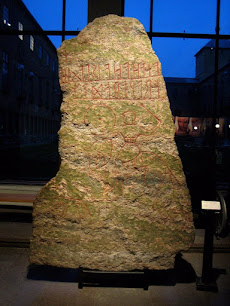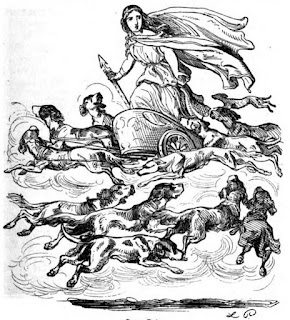PSA
Unfortunately it is needed to put out another statement after being called out in our own Tribe by someone giving off some serious cult leader vibes. If you have something to say about how either me or Keely run this tribe message us privately and we will listen and sort this out as one adult to the other. You do not call us out in our own tribe or through a screenshot posted on your personal profile and especially without mention or tag. Especially I have a 0 tolerance policy when it comes to this. We do not gaslight each other, we do not use underhanded tactics to try and blackmail each other. We are heathens, pagans, witches, spiritual entities, we treat each other with dignity, decency and respect. We stand by what we do and we believe in what we say. If you see any of this happening, or know of this happening please let us know and we will try and sort this out. The Greyhorn Pagans are as much your tribe as it is ours and we are all responsible for keeping i...








